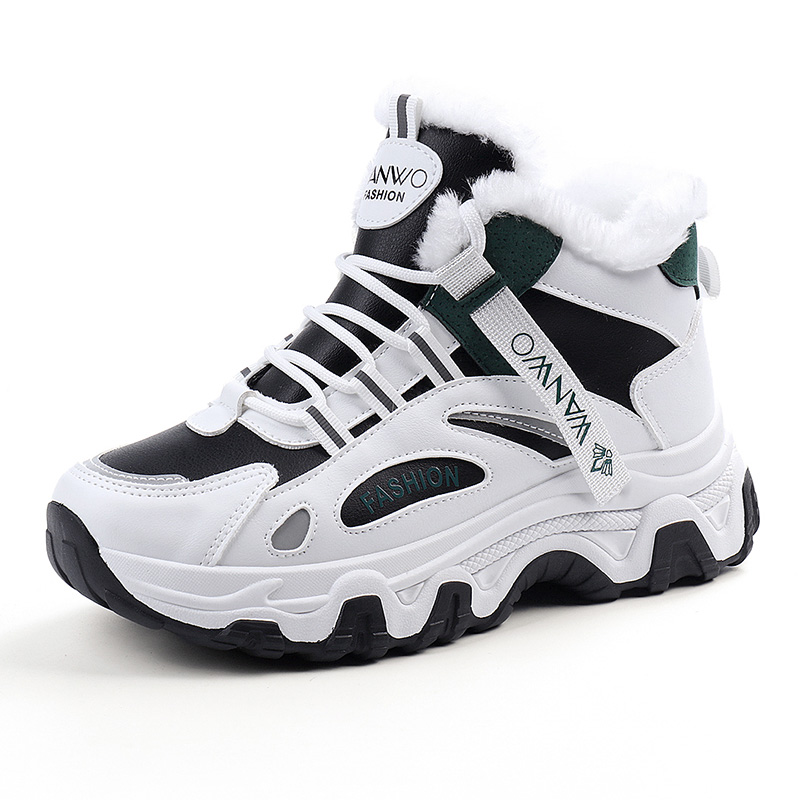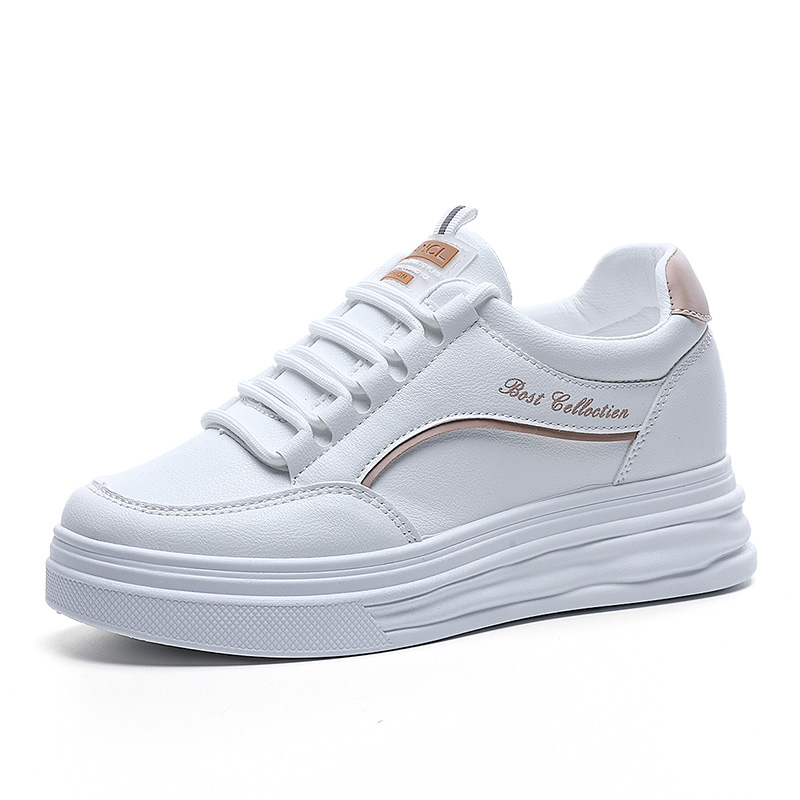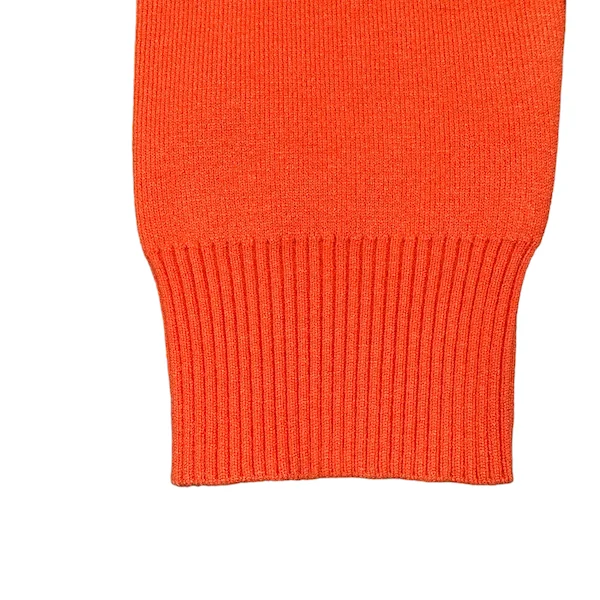The Perfect Blend: Is 60% Cotton 40% Polyester Ideal for Summer Wear?
3 min readAs the summer sun blazes down, the quest for the perfect fabric to keep us cool and comfortable becomes paramount. Among the myriad of fabric blends available, the combination of 60% cotton and 40% polyester has gained popularity. But is this blend truly suitable for summer? In this article, we will delve into the properties of cotton and polyester, explore the benefits and drawbacks of this specific blend, and provide insights on its performance in hot weather conditions.
Understanding the Fabrics: Cotton vs. Polyester
Cotton is a natural fiber known for its breathability, softness, and moisture-absorbing properties. It allows air to circulate, which helps regulate body temperature, making it a go-to choice for summer clothing. Cotton is also hypoallergenic, making it suitable for sensitive skin. However, it has its downsides; it tends to retain moisture, which can lead to discomfort in humid conditions, and it wrinkles easily.
Polyester, on the other hand, is a synthetic fiber that is durable, resistant to shrinking and stretching, and quick-drying. It is less breathable than cotton but offers excellent moisture-wicking properties, pulling sweat away from the skin and allowing it to evaporate quickly. This can be particularly beneficial during intense physical activities or in high-humidity environments. However, polyester can trap heat, making it less comfortable in extreme temperatures.
The Benefits of a 60% Cotton, 40% Polyester Blend
- Balanced Breathability and Durability: The 60/40 blend combines the best of both worlds. The cotton content ensures breathability and comfort, while the polyester adds durability and resistance to wear and tear. This makes the fabric suitable for everyday summer wear, from casual outings to more active pursuits.
- Moisture Management: The polyester component enhances moisture-wicking capabilities, allowing sweat to evaporate quickly. This is particularly advantageous during hot summer days when staying dry is essential for comfort. The blend helps to mitigate the discomfort associated with excessive sweating, making it a practical choice for outdoor activities.
- Reduced Wrinkling: One of the significant drawbacks of pure cotton is its tendency to wrinkle. The addition of polyester helps to reduce wrinkling, ensuring that garments maintain a neat appearance throughout the day. This is particularly beneficial for those who prefer low-maintenance clothing.
- Color Retention: Polyester is known for its ability to retain color, which means that garments made from this blend are less likely to fade over time. This is an essential factor for summer clothing, as vibrant colors are often favored during the warmer months.
- Affordability: Fabrics that combine cotton and polyester are often more affordable than pure cotton options. This makes them accessible for a broader range of consumers, allowing for stylish summer wardrobes without breaking the bank.
Potential Drawbacks to Consider
While the 60% cotton and 40% polyester blend offers numerous advantages, it is essential to consider some potential drawbacks:
- Heat Retention: Although the blend is generally breathable, the polyester content can sometimes trap heat, especially in extremely high temperatures. For individuals who are particularly sensitive to heat, this may lead to discomfort.
- Environmental Impact: Polyester is a synthetic fiber derived from petroleum, raising concerns about its environmental impact. While cotton is a natural fiber, the production of both materials has ecological implications. Consumers who prioritize sustainability may want to consider the environmental footprint of their clothing choices.
- Feel and Texture: Some individuals may prefer the natural feel of 100% cotton against their skin. The synthetic nature of polyester can sometimes lead to a less desirable texture for those who prioritize comfort.
Conclusion: Is 60% Cotton 40% Polyester Good for Summer?
In conclusion, the 60% cotton and 40% polyester blend presents a compelling option for summer wear. Its combination of breathability, moisture-wicking properties, and durability makes it suitable for a variety of summer activities. While there are some drawbacks, such as potential heat retention and environmental concerns, the benefits often outweigh the negatives for many consumers.



